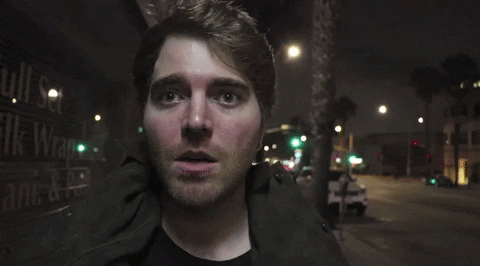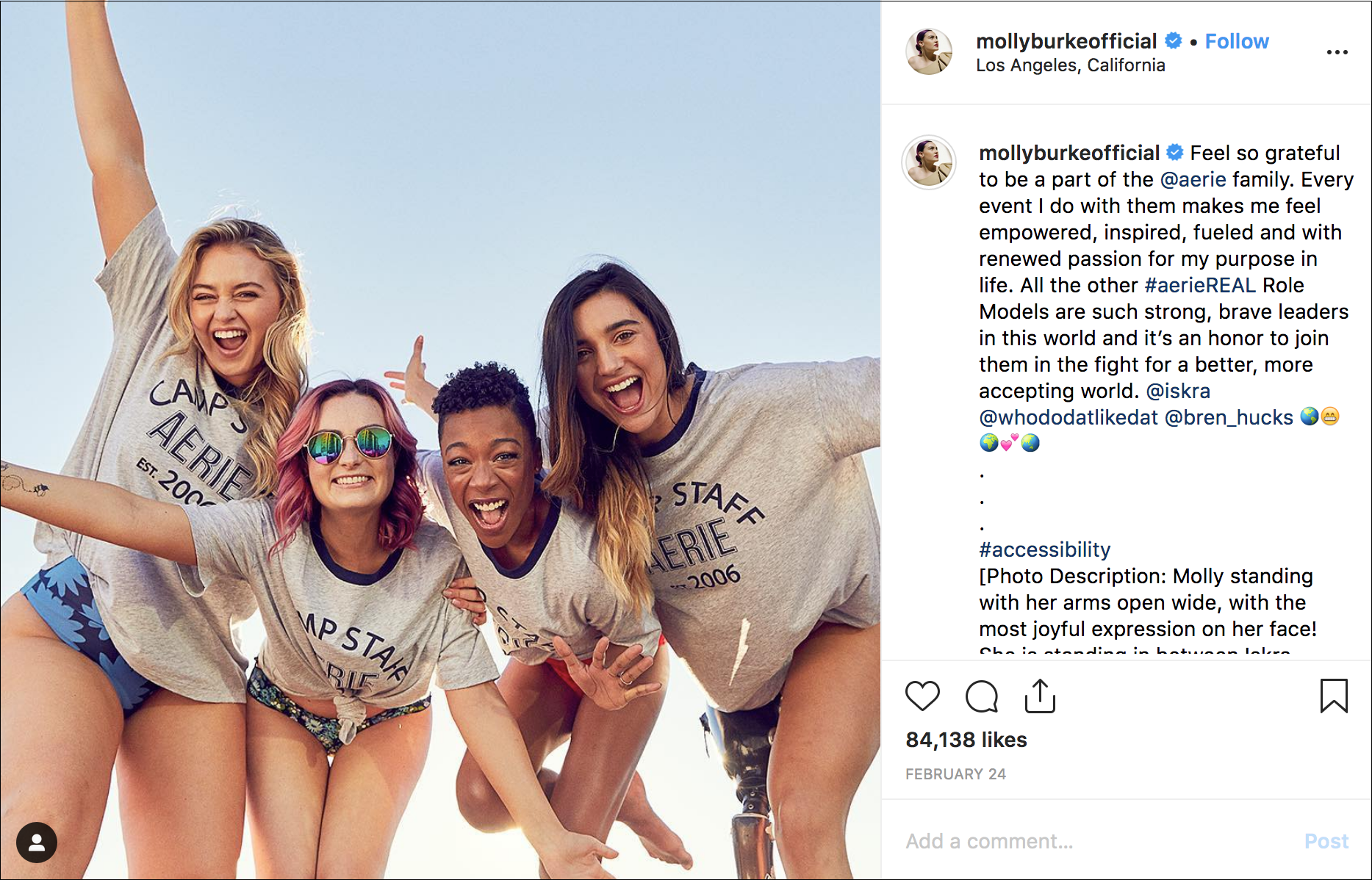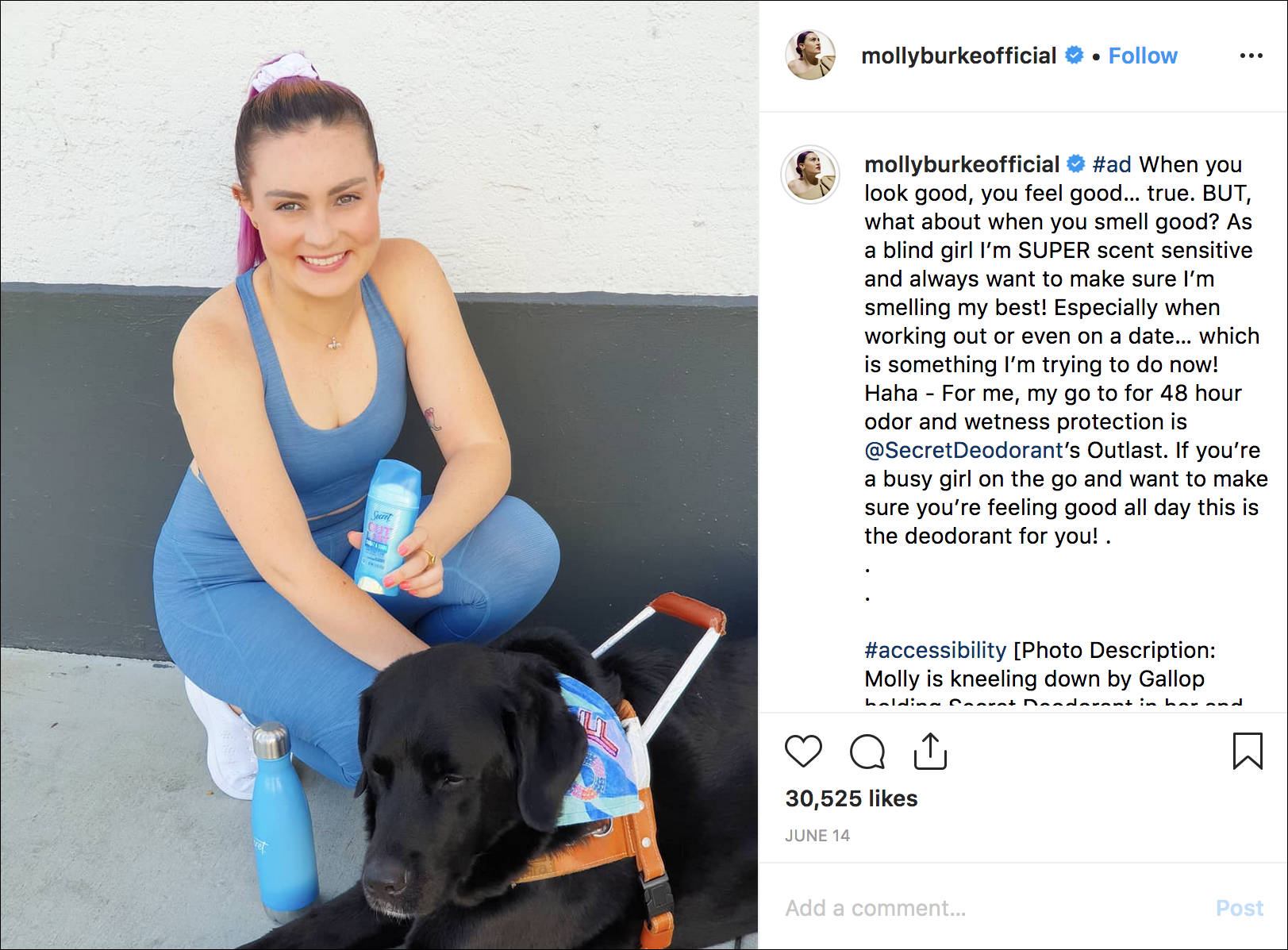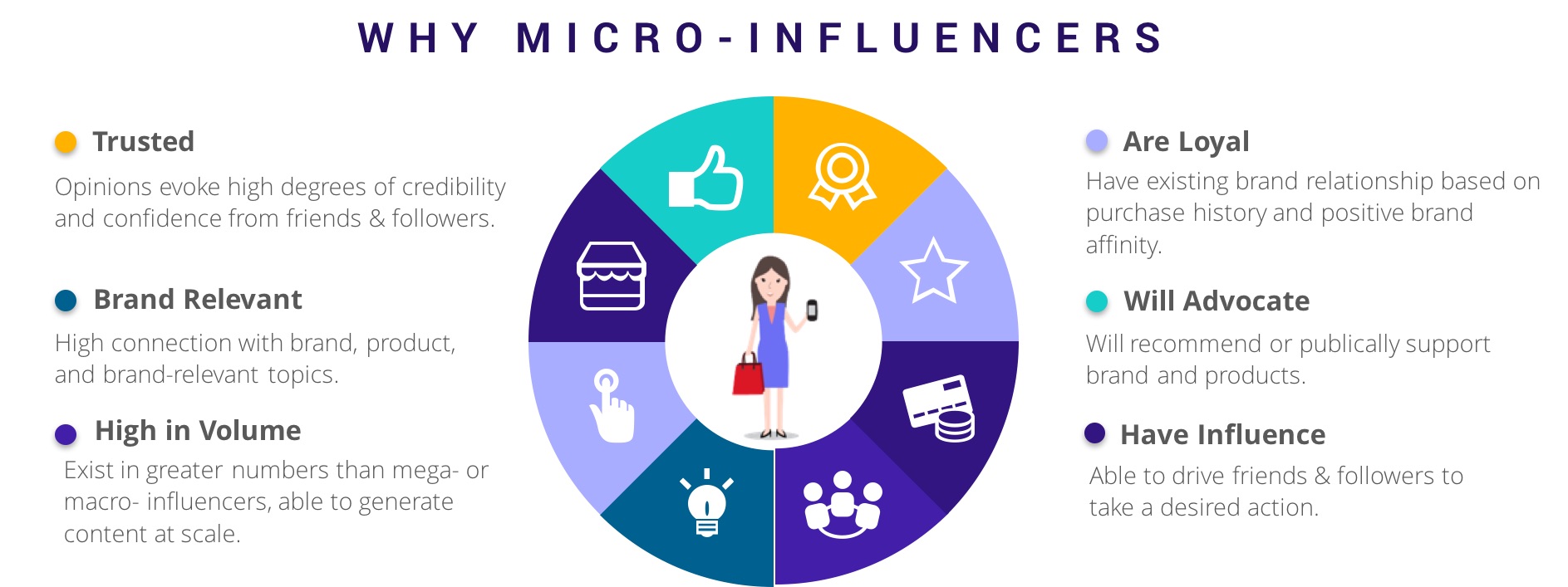Remember when all you had to do to sell your product was to get Michael Jordan to endorse it? Those days are long gone, my friend. In 2019, your sister’s best friend from high school can be paid to promote a clothing brand by reviewing their clothes on her YouTube channel – provided she has enough followers.

Shane Dawson has 21 million subscribers on YouTube. In the description section of YouTube videos, influencers post all affiliate links for videos as well as promote other YouTubers through collaborations.
Influencers are described as Instagram/YouTube celebrities who have a strong relationship to their audience and can heavily sway decisions and influence purchasing habits. This kind of “celebrity” endorsement is seen as more relatable and transparent than buying directly from the brand.
So, what does it mean that 72% of major brands are dedicating the majority of their marketing budget to influencers?

Celebrity endorsements like Sophia Vergara for the Pepsi brand may be a thing of the past.
You guessed it, money!
How it Works
Brands often do research to find an influencer whose lifestyle and personal branding fit with theirs. Molly Burke, a blind beauty and fashion YouTube/Instagram star promotes beauty and clothing brands to her 1.8M YouTube subscribers and her 785K Instagram followers. She has partnered with companies like Aerie and Secret by posting photos of her using their products and talking about their benefits.
Molly is a motivational speaker who is passionate about accessibility and representation of those who have disabilities in the fashion/modeling industry. Aerie reached out to her about being part of their #aerieREAL campaign that includes gold medal gymnast Aly Raisman, actress and author Busy Philipps, Brenna Huckaby a Paralympic snowboarder who uses a prosthetic as well as many others. In addition to recruiting a variety of models, the brand made the decision to not retouch the photos.

Posts like the one below are most common among influencers. They tie the brand with the influencer’s personal experience with the product or campaign, usually including a hashtag.

Notice the inclusion of #ad. It has become the universal way to let followers know that the influencer is being paid by said company with free merchandise or is under contract as a brand spokesperson. The Federal Trade Commission has become involved in regulation that now requires influencers to explicitly say they are being paid to avoid misleading their followers. Many Instagram influencers have also been accused of buying followers in order to bolster fame, get more profile views, or appeal to brands.
Is influencer marketing an option for your business?
For most small businesses, micro influencers are ideal business partners. They are described as individuals that have between 1,000 and 100,000 followers. Micro influencers tend to have an audience that is more engaged which facilitates more personal interaction such as liking/responding to comments themselves and partnering with brands to do giveaways and meet and greet events.
Keep in mind that influencers report Instagram as the most effective platform for sponsored content. If you have an Instagram account, begin to take note of your audience’s most used hashtags and influencers they follow. That information could lead to your new partnership! Maybe try your sister’s best friend from high school? We heard she reviews clothes on YouTube and drives a Ferrari.
Thanks to the following blogs for their inspiration:
The Definitive Guide to Influencer Targeting
6 Ways to Connect Your Startup with Micro Influencers on Instagram
Micro-Influencers: The Marketing Force of the Future?
Author, Laura V. Boston
The C3 Group

